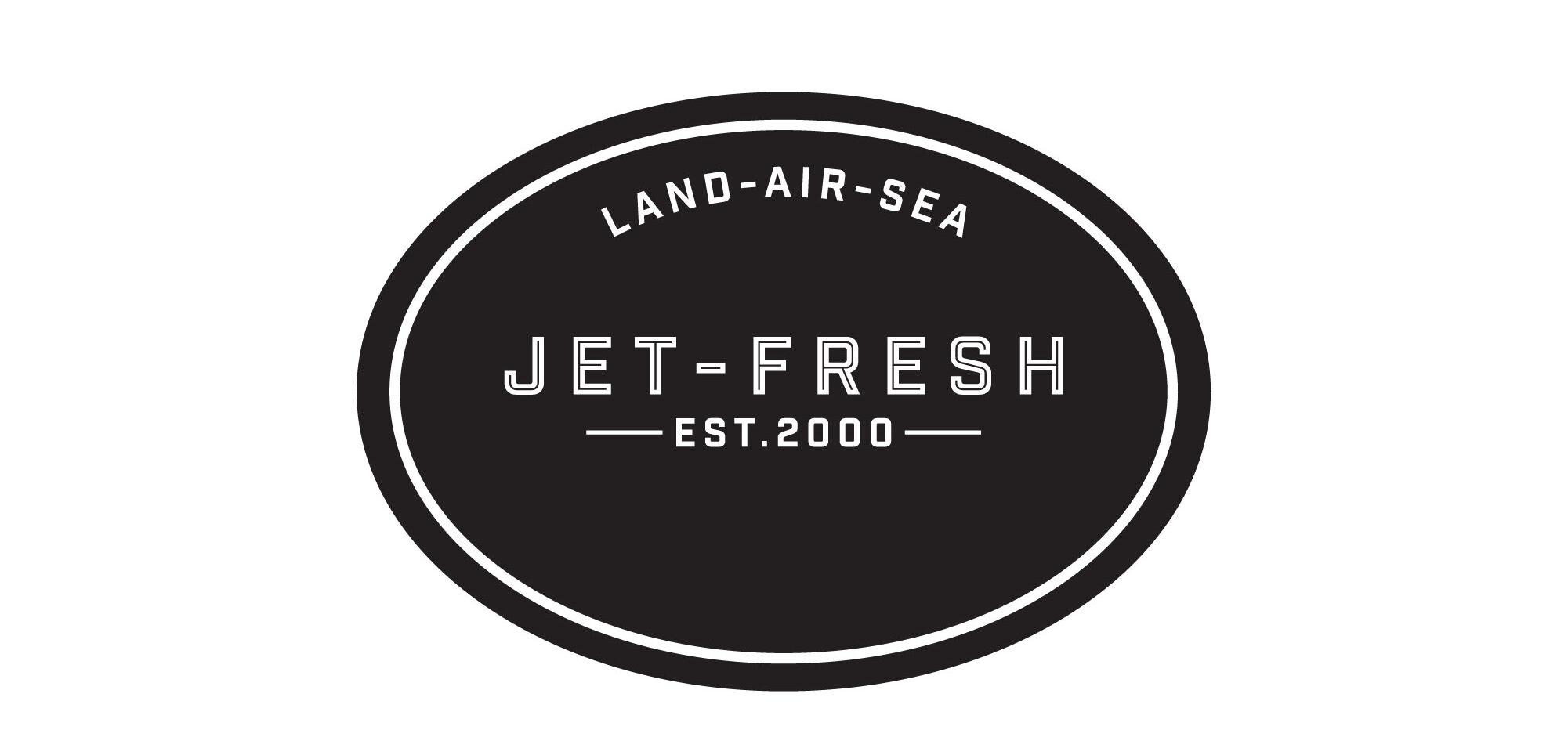We all know Mahi-Mahi is the fish-so-nice-they-named-it-twice, but how well is this dolphin fish traced? They answer may lie directly in your back pocket. When it comes to mahi-mahi and sustainability, this sweet flavored whitefish is a sustainable choice per several seafood regulators in the country. As a company, we do our very best to push for sustainable options, much to the excitement of many chefs across the country.
Mahi Mahi Sustainability
To ensure you’re getting sustainably caught fish, look for Mahi-Mahi caught by U.S. fisheries, or do your homework on the company you’re sourcing your seafood from. At least, if you’re a chef in the U.S. According to FoodAndWaterWatch.org, “U.S. fisheries are regulated by management plans that monitor for overexploitation — something that is a particular cause for concern with highly migratory species that are fished internationally.”
Mahi Mahi Traceability
“With an average annual catch of 50,000 metric tons and more than 4,200 fishers, Mahi-Mahi is one of Peru’s most important artisanal fisheries. WWF and its partners have been supporting this Fishery Improvement Project (FIP) since 2013. The active involvement of FIP stakeholders helps driving improvements against the Marine Stewardship Council standard and ensuring the sustainability of the species.
This video takes us on a tour inside capacity-building workshops in La Tortuga, La Islilla, and San Jose, where fishing cooperatives, which recently received Mahi-Mahi fishing permits, are being trained on the use of a smart application for documenting landings using mobile phones. The use of this smart documentation system helps ensuring that the catch comes from legal origins, and provides valuable traceability data for the Peruvian Ministry of Production (PRODUCE).”
Learn more about this and watch the video at SeafoodSustainability.org

